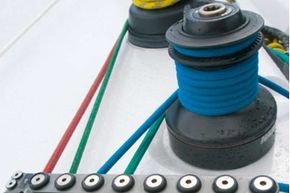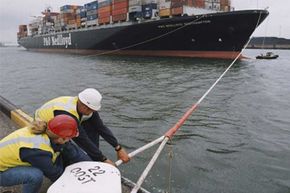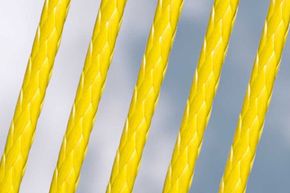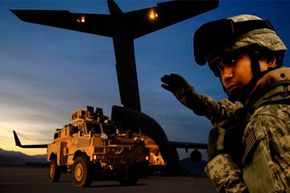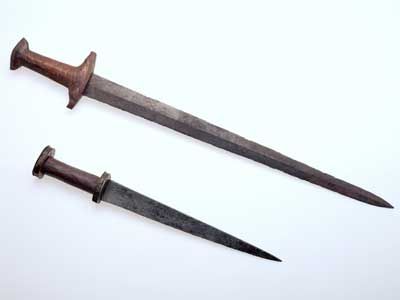Chemistry has allowed humans to create a myriad of new inventions and improve on innumerable existing ones. Through research, we've created synthetic materials that are stronger than the metals we've used for centuries. One synthetic fiber invented in the last several decades is being implemented into many protective gear and vehicles because of its sheer strength and durability. Militaries, law enforcement and civilian industries are using the synthetic fiber called Dyneema to protect lives and equipment.
Dyneema is a high-strength synthetic fiber that is capable of protecting an individual or vehicle from threats like an improvised explosive device (IED) or shots from an AK47 [source: Dyneema ]. If you took a block of Dyneema and block of steel, on a weight-for-weight basis the block of Dyneema would be 15 times stronger than the steel block [source: Dyneema]. The lightweight fiber is strong and moldable, yet it can withstand significant explosions and extreme weather conditions. There are other synthetic fibers similar in characteristics, like Kevlar, but only Dyneema is trademarked as the world's strongest fiber [source: Dyneema].
Advertisement
Dyneema is advantageous to police forces and militaries not only because it's able to withstand extreme conditions and explosions, but also because it's lightweight and can be applied to many kinds of vehicle designs and specifications. Even though Dyneema is being used to help save lives and protect vehicles, it isn't only used in these life-threatening situations. Dyneema is also created for commercial use in the shipping, medical, and metalworking industries as well.
In order to fully appreciate this invention and to understand it's uses in armored vehicles, bullet-resistant vests and other applications we first need to understand a little bit about how it's constructed and why it's so strong.
Read the next page to find out what makes Dyneema the world's strongest fiber.
Advertisement
